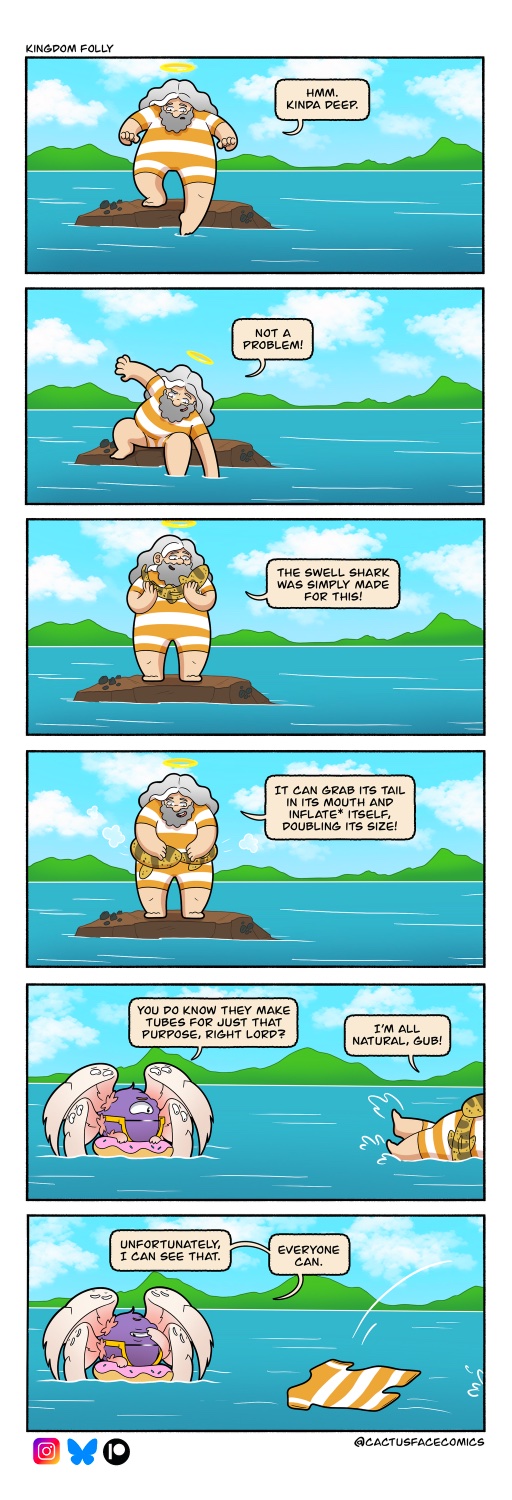Bonus info!
Here are some more facts about hermit crabs, according to Google:
- Hermit crabs don't grow their own shells. Instead, they inhabit empty shells of other mollusks for protection.
- As they grow, they must find larger shells, leading to a constant search and sometimes even fights over suitable homes.
- Despite their "hermit" name, they are often social creatures, living in groups.
- Hermit crabs undergo molting, shedding their exoskeleton to grow larger. This process leaves them vulnerable until their new exoskeleton hardens.
- There are over 800 species of hermit crabs, found in both aquatic and terrestrial environments.
- Both aquatic and terrestrial hermit crabs use gills to breathe. Terrestrial hermit crabs have adapted gills that allow them to extract oxygen from the air, but they still require moisture.
- They will often gather in groups, and line up according to size, and exchange shells. This is done to make sure everyone has a shell that fits.
- They can communicate by making chirping sounds.







Ha! I didn't realize I posted the version with the asterisk. Originally I had a disclaimer there that swell sharks inflate with water and not air, but then someone on our Patreon pointed out that they're actually able to inflate in both ways, so I edited it out. Apparently the version that Google Photos had backed up was the unedited version though.